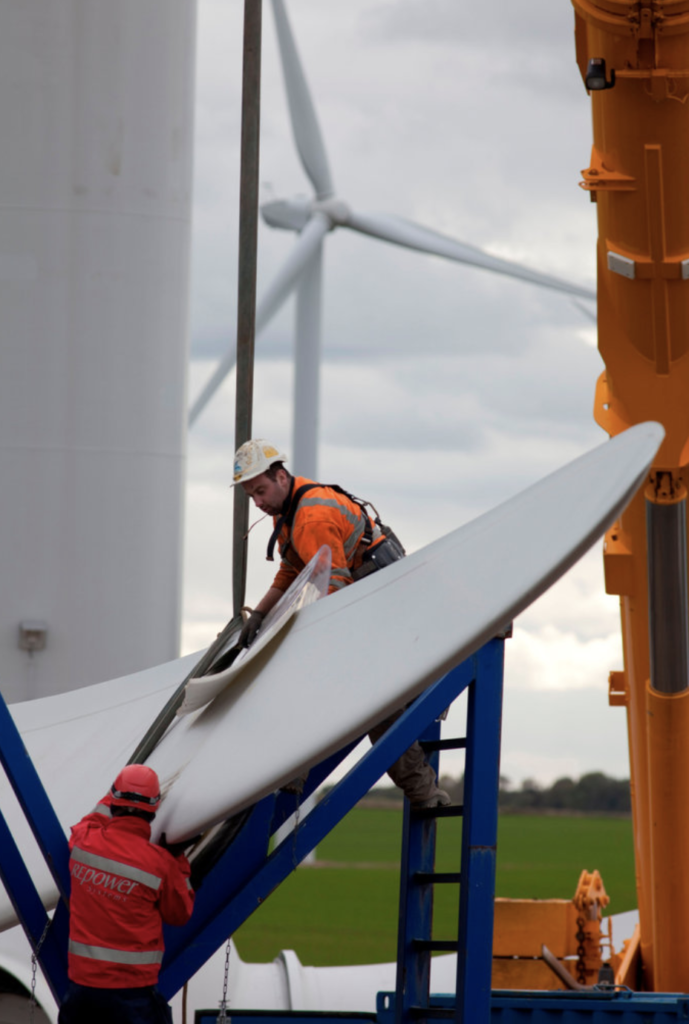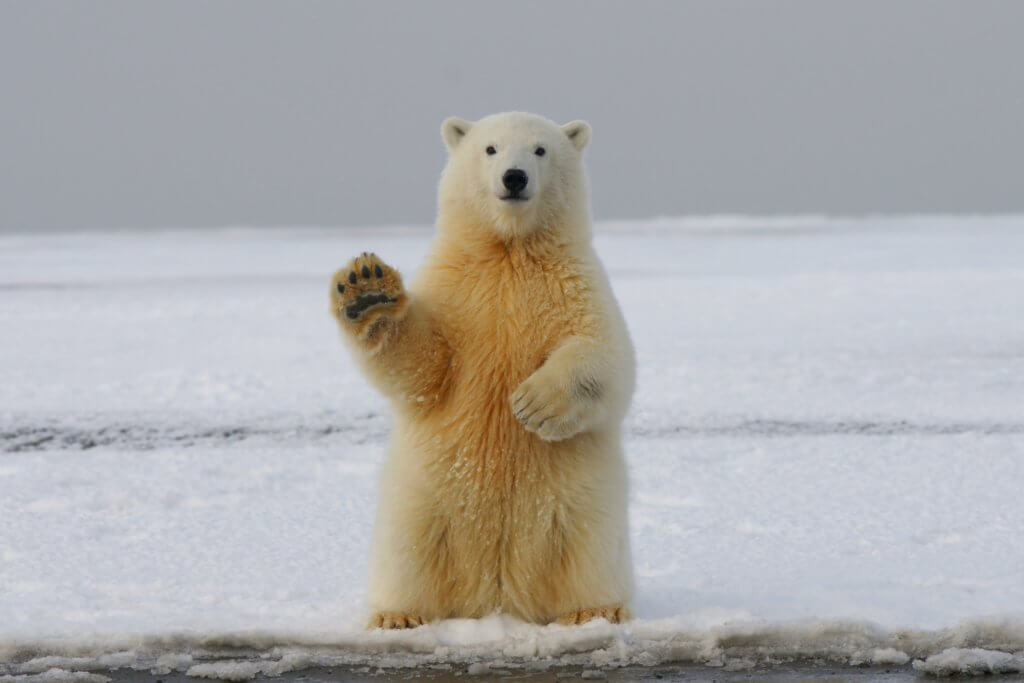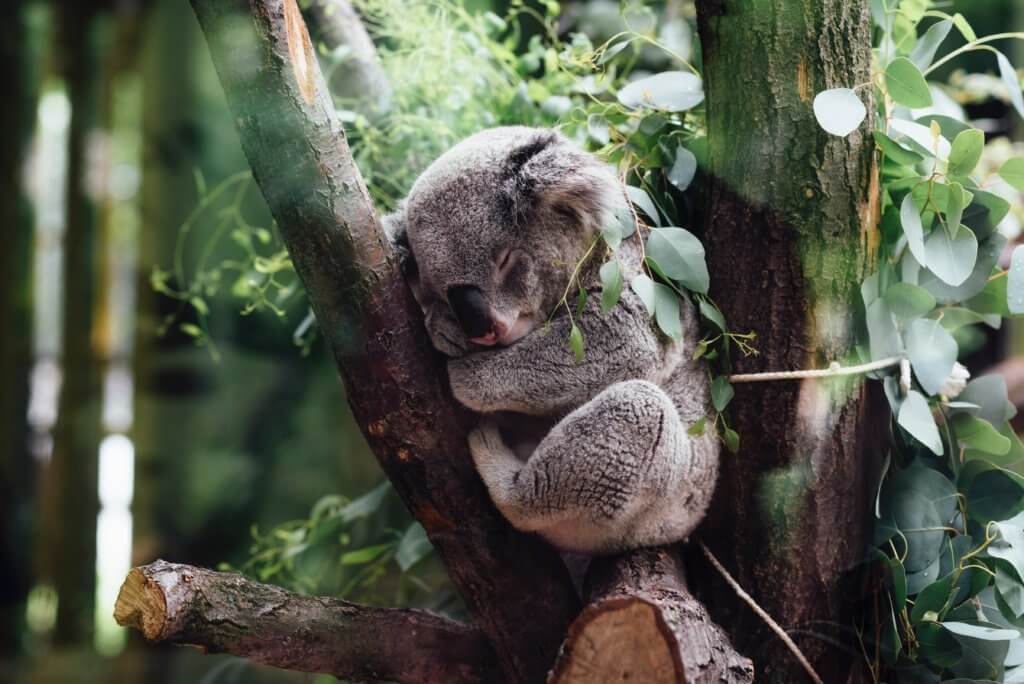Lambert School Science 9/10

Hello hello Lambert School Science Class!
Thank you for your questions about climate change. You asked some really interesting questions about weather and clouds, impacts of climate for food and animals, future of our earth and energy.
You'll find answers to your questions from our climate experts below - have a read and watch their answers.
You can also have a look at what other classes across Tasmania asked this year, as well as our climate change toolkit.
Our Questions
This is such a good question, as it shows you are thinking about that fact that all sources of energy, whether renewable or non-renewable (like fossil fuels) have some emissions associated with them.
We all know well that fossil fuels are a real problem because of the large amounts of greenhouse gases they emit when burned. We can turn to renewable energy as an alternative – things like solar, wind and hydro. However, these technologies also have some carbon emissions associated with them. For example, if we think of a wind turbine, while the power it generates is low carbon, it’s not zero carbon. Carbon dioxide emissions are generated throughout a wind turbine’s life cycle, from mining the raw materials to build it, to its manufacture, construction, maintenance and also decommissioning at the end of the turbine’s “life”.

Did you know hydroelectric dams, particularly in tropical areas, can also have significant methane emissions associated with them, due to vegetation rotting under the dam’s water for several years after dams are first flooded? Methane is a powerful greenhouse gas, meaning that even hydroelectricity isn’t entirely “emissions free”.
Though no energy source is “perfect” in terms of carbon emissions, the carbon emissions associated with renewable energy sources over their life cycles are much, much lower than emissions from burning fossil fuels. In the near future, we may be able manufacture things like the steel for wind turbines not using fossil fuel but instead, using green hydrogen, making life cycle emissions of renewable energy sources even lower.
You asked about mitigating emissions from all energy sources: this is where the role of carbon sinks and offsets comes in. Even when we reach “net zero”, there will still be some emissions. Net zero means achieving an overall balance between greenhouse gas emissions produced, and greenhouse gas emissions taken out of the atmosphere, for example by trees and natural environments. When we are able to achieve that balance, then we will be doing really well – so that energy we consume in our daily lives won’t have a detrimental effect on our atmosphere and on the planet.
Yes. In fact, since records began about 100 years ago, the average Australian temperature has warmed but about 1.4°C. By 2050, Tasmania is projected to experience an increase in temperature of at least 1.5°C. We say at least because the real amount depends on what happens to CO2 emissions between now and then. By 2100, Tasmania is projected to experience an increase of 1.5°C to 3°C in temperature across all locations, and more than 4°C in mountain regions.
But this is the average across the year. There will also be changes in temperature extremes, like heat waves. For example, for 1961-1990, Launceston had an average of 29 days per year over 25°C. For 2070-2099, we predict that Launceston will average 75 days per year over 25°C.
Farming in Tasmania is like farming all over the world, there are some great examples that are really sustainable and there are some examples where more work needs to be done. Climate change has impacted agriculture already through the change in temperature. The climate has warmed, become drier and more variable. For some types of crops the seasons have shifted and come earlier, for example some crops might flower earlier and need to be harvested earlier. Even though the climate has warmed, the increased variability still means that more rain events, cold snaps and frost can cause problems. So climate change has certainly impacted agriculture. Other things like bushfire, which have increased because of climate change can also cause impacts on agriculture, directly affecting the ability to use agricultural land or other problems like smoke taint in the taste or grapes or milk.
Drought is certainly a big problem for agriculture and that is increased under climate change, so strategies for farmers to manage and minimise water use is increasingly important. Generally, the food produced in Tasmania is sustainable because we are smaller producers and focus on producing high quality. Eating locally is a great way to contribute to reducing emissions. Knowing where your food is from and how it was produced – preferably not using too much energy and too many inputs – is one of the best ways you can act on climate change. Supporting farmers to improve their practices (by voting for governments that put climate action high on the agenda) is another way to help, when you are old enough to vote. Governments can do a lot to raise awareness and fund sustainability in agriculture.
Climate change is an ongoing issue that is impacting all species across the planet. With warmer weather both on land and in the water, many different animals are becoming stressed in their environments or even losing their homes. I am from Canada, and one species that we worry about coming extinct is the beautiful polar bear (Ursus Maritimus). They live way up north in the arctic, and they are facing a very uncertain future as warmer temperatures are significantly impacting their icy habitat. As the summers get longer and warmer, the sea ice is melting quickly and not re-forming fast enough to allow the bears to have access to hunt seals. This is causing lots of bears to go hungry, which is a direct result of the warm temperatures from the effects of climate change.

A little bit closer to your home, another species that is impacted by the changing climate is the koala (Phascolarctos Cinereus). These cute, fluffy animals have a special diet of eucalyptus leaves but as carbon dioxide levels rise, the nutritional value of the leaves is decreasing, leaving the koalas malnourished and starving. Furthermore, we are seeing increased droughts and bushfires due to climate change, which will also have severe impacts on the koalas and their environment.

The good news is that some species might have the ability to adapt to climate change, but the real problem is how fast these changes are happening. While all animals will do their best to survive by moving to new locations or finding ways to try to control how their bodies react, not all of them can do it fast enough to keep up. However, one animal that has done an awesome job of dealing with our changing climate is the lungfish! As droughts become more frequent, lots of animals must learn to cope with water shortages. This animal lives in marshes and reservoirs and if the habitats dry up, the lungfish can actually make its bladder function as a lung! For a fish, this is super cool that they have adapted to be able to breathe air during the increasingly-long dry season.

Every species is being impacted by climate change in their own way and what we hope is that they will be able to find a way to survive, and thrive, under these circumstances. However, it is inevitable that some will not. The best thing that we can do is to try to minimize our impacts as humans to reduce the effects of climate change which will hopefully help all these amazing animals around the world!
This is a very good and important question, and a lot of scientists are asking and trying to understand that. Climate change brings many changes to the oceans. It changes temperature, food availability (in some places there is more food, in others less), how fast fish grow and how much they reproduce. All these impacts combine in complex ways, so that some fish species and some fisheries end up being winners and others might be losers. Generally, people in fisheries are used to changes and they can adapt to new conditions, especially if they work closely with scientists to regularly collect data and prepare for the future. In fact, Australian and Tasmanian fisheries are some of the few in the world who, together with the University of Tasmania, are developing climate adaptation plans.
Regarding the natural reproduction of fish, in warmer temperatures fish often mature and start reproducing earlier and at smaller size. Together with a team of colleagues, we have tried to address the very question of how climate change and fishing together will affect fish reproduction. We found that when our simulated fisheries removed the largest fish and these populations were also affected by warming, fish reproduction declined rapidly. In contrast, when fishing selectivity was changed and caught only the medium sized fish, warming didn’t have a negative effect on fish reproduction. You can see the summary of this experiment in the picture below. This experiment suggested that to increase fish resilience to climate change and protect their reproduction we should protect the largest fish in populations.

Tasmania is one of the marine global warming hotspots, which is big a challenge but also a potential opportunity for the Tasmanian fishing industry. Some important Tasmanian fisheries species might become less abundant and more vulnerable to climate extremes, but other species might benefit from warmer ocean and increase in abundance. Some fish species that are moving into Tasmanian waters already are or could become valuable fisheries species. The fishing industry can be sustainable if it adapts proactively, plans for the future and also supports marine protected areas to help improve resilience of fish populations. Actually, the Tasmanian fisheries industry is one of the few in the world that have conducted risk assessments, to see how climate change might affect them, and have already started some important adaptations (like actively fishing for a pesky urchin that has moved into Tasmania now that it is warm enough for it survive, but the urchin creates a problem by eating all the kelp habitat that lobsters need!).
One of the big questions for Tasmanian fisheries is how climate change will affect giant kelp forests. These forests are very important for fish and fisheries but are threatened by rising sea temperatures and the increasing sea urchin populations. Together with other management and fishing changes, marine protected areas could play an important role, as they help to rebuild the numbers of large fish and lobsters, which in turn keep the urchin numbers down.
You could read more about climate change adaptation research here.













